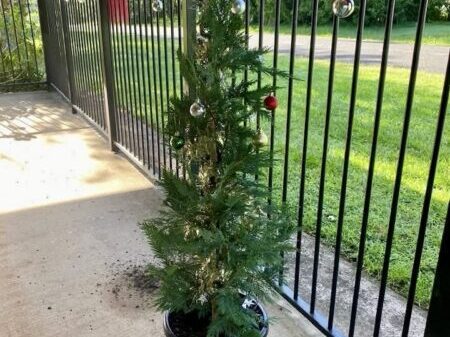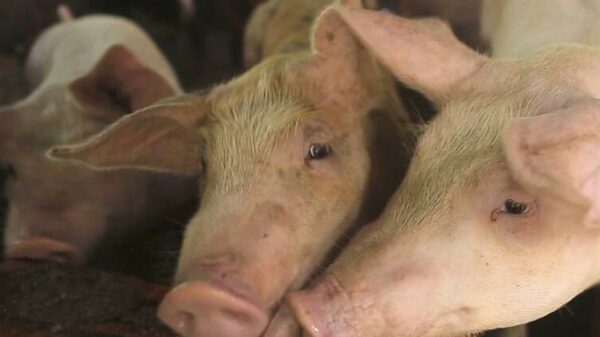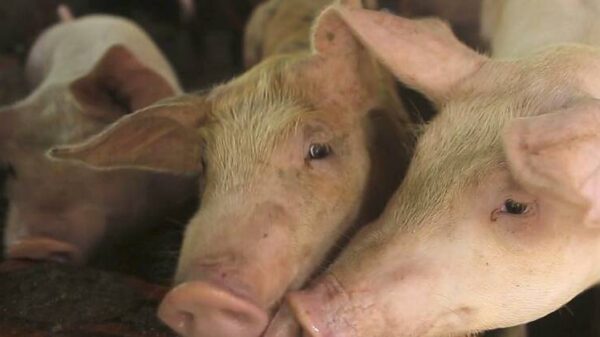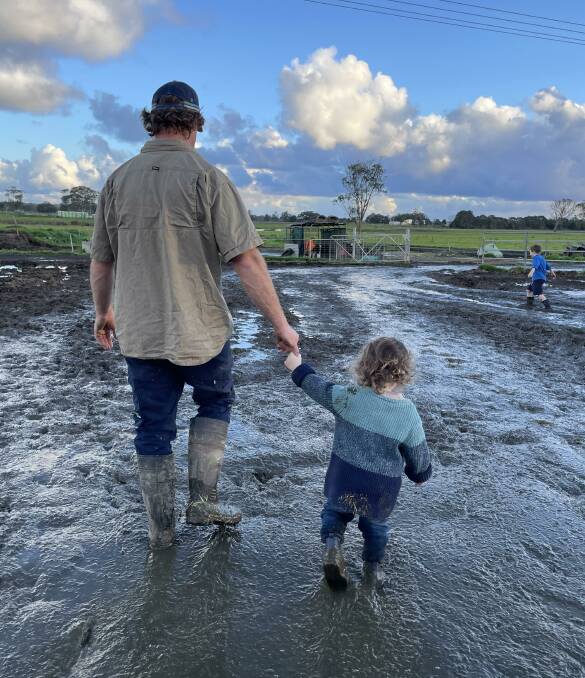UPDATE: In a remarkable turnaround, the Nicholson family’s dairy farm on Jones Island is back in production just months after a catastrophic flood in May 2023. Quick decisions and a strong support network have enabled Sam and Rachel Nicholson to restore their operations despite the overwhelming challenges posed by the disaster.
The floodwaters, which surged higher than any recorded levels since 1929, inundated much of the farm, destroying feed supplies and damaging essential equipment. However, the Nicholsons refused to abandon their dream of dairy farming, leveraging community connections to safeguard their herd.
“We knew the cows would come back with plenty of milk on them,” said Sam Nicholson, reflecting on the swift actions taken to relocate approximately 120 cows to neighboring farms. This decision was vital, as it prevented the risk of mastitis and ensured the herd remained healthy during the recovery phase.
The flood inflicted extensive damage, leaving the farm without power for ten days and resulting in a severe loss of feed. The Nicholsons faced the daunting task of rebuilding while contending with personal challenges, including Sam suffering from flood-borne leptospirosis. “I was in the hospital for two nights, but I was determined to get back to work,” he recounted.
With the help of $75,000 in Category D grant funding, the Nicholsons quickly set about restoring their farm. They expanded their dairy facilities and invested in new infrastructure to withstand future floods. “This investment paid for itself overnight,” Sam noted, emphasizing the importance of learning from past experiences.
As of now, the farm, known as Boondabah Holsteins, is thriving once again. The couple has been able to reintegrate their cows and even increase milk production beyond pre-flood levels. “We didn’t milk for two months, but we are quickly making up that volume,” Sam stated proudly.
The recovery process has not been without its difficulties. The Nicholsons incurred significant costs, approximately $30,000, to fertilize their pastures, which were severely impacted by the flood. Yet, they are witnessing positive changes, with green pastures now flourishing and new Holstein and Brown Swiss milkers recently added to their herd.
The first milk carrier arrived at the farm at the end of July, marking a critical milestone in their journey back to normalcy. “We love the lifestyle and the cows—they all have different personalities,” Sam said, capturing the emotional bond that keeps his family rooted in dairy farming.
As the Nicholsons continue to navigate the aftermath of the flood, their story is a powerful testament to resilience, community support, and the unyielding spirit of farmers. With each passing day, they reaffirm their commitment to their livelihood, ensuring that Boondabah Holsteins not only survives but thrives in the face of adversity.
As they look ahead, the Nicholsons are focused on expanding their operations while remaining vigilant against future disasters. The lessons learned during this challenging time will undoubtedly shape their approach to farming for years to come.






























































